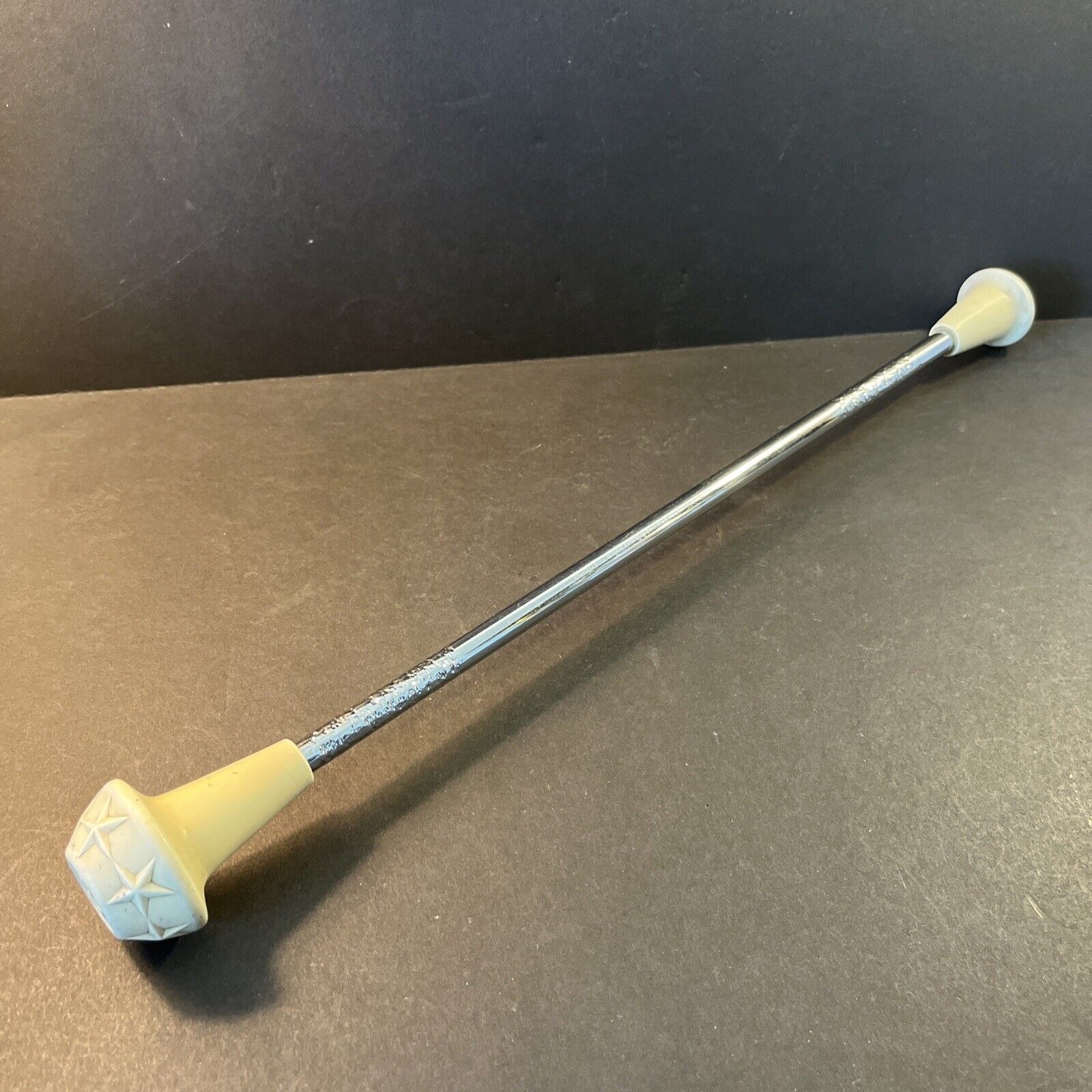The vintage twirling baton, an eye-catching relic from the world of performance art, dates back to the early 20th century. Initially designed for military and ceremonial purposes, it quickly found a place in the performing arts. By the 1920s and 1930s, it had become a staple in competitive marching bands and cheerleading squads at high schools and colleges across the United States. Its structure—typically crafted from wood or metal—was simple but highly effective, allowing performers to execute intricate spins and flourishes with ease.

The Rise of Baton Twirling
Twirling batons added a dynamic visual element to performances. They were often used in parades, military drills, and halftime shows, where performers showcased impressive skills, spinning the batons with precision. Baton twirling requires a combination of athleticism and artistic expression. Those who excelled in the craft needed to be physically strong and possess impeccable timing and choreography. The routines blended grace with power, resulting in captivating displays that wowed audiences.
Keeping the Tradition Alive
Though the baton’s mainstream popularity has declined since its peak in the early 20th century, its legacy remains strong. Vintage twirling batons symbolize a unique tradition of performance art that values discipline, elegance, and showmanship. Today, baton twirling continues in various forms, from recreational activities to competitive events in educational and community settings. Enthusiasts and performers are dedicated to preserving the art form, ensuring that its rich history and vibrant displays are passed down to future generations. It serves as a reminder of a time when performance art blended skill with creativity to captivate audiences in unforgettable ways.





